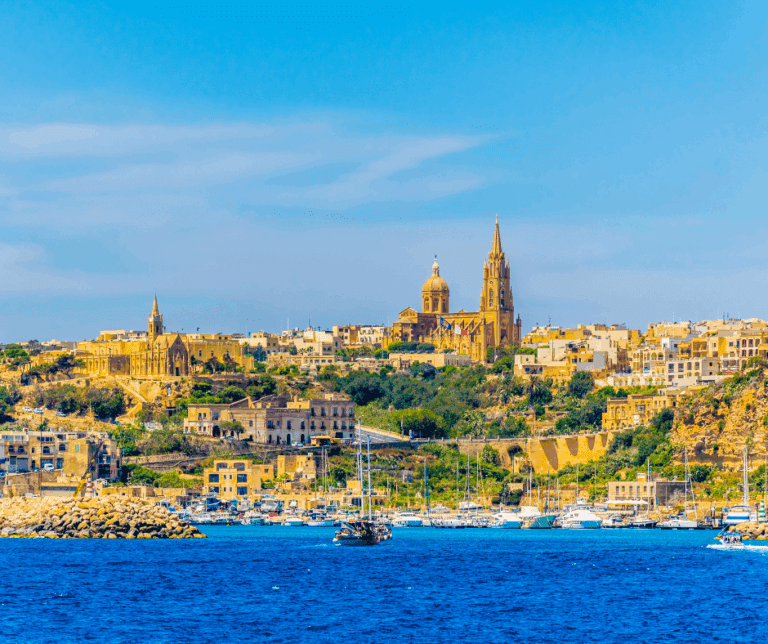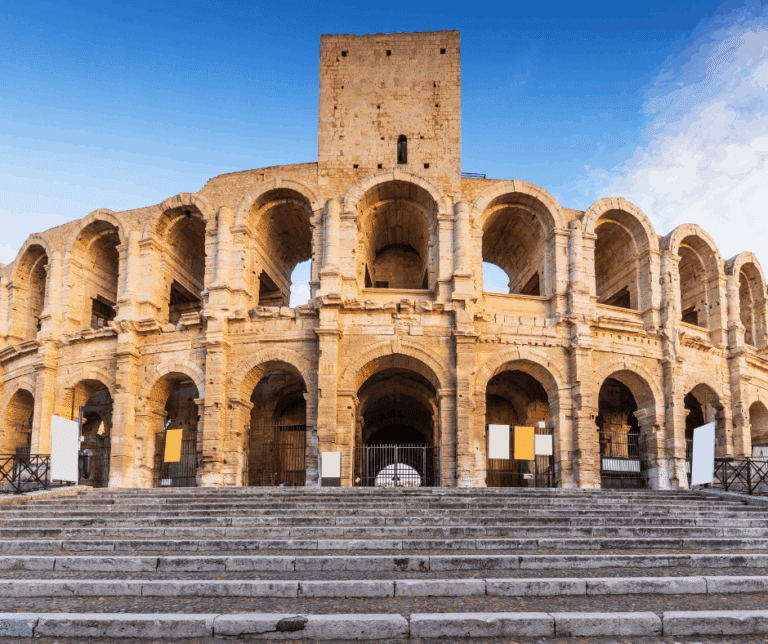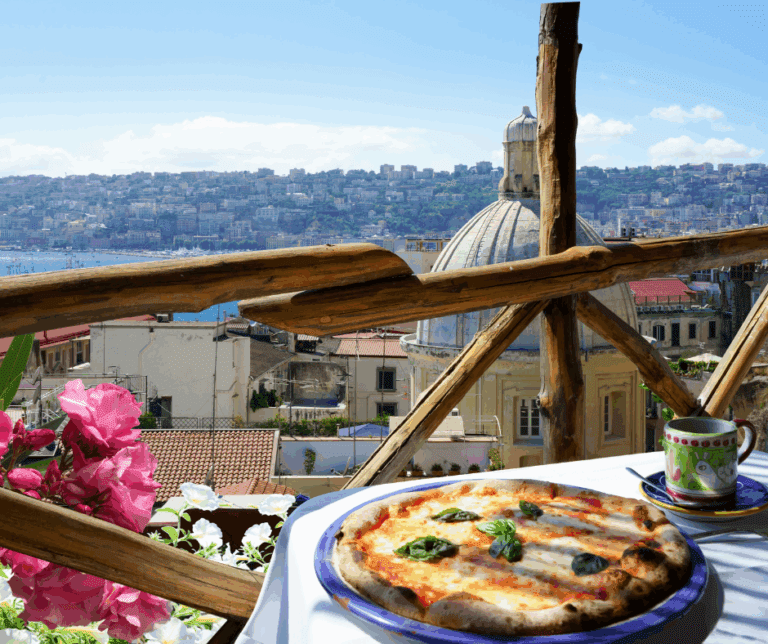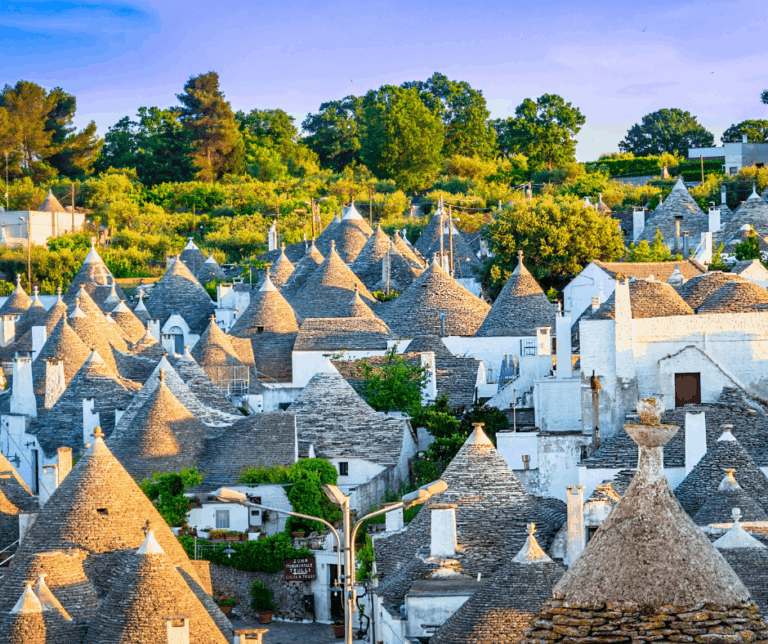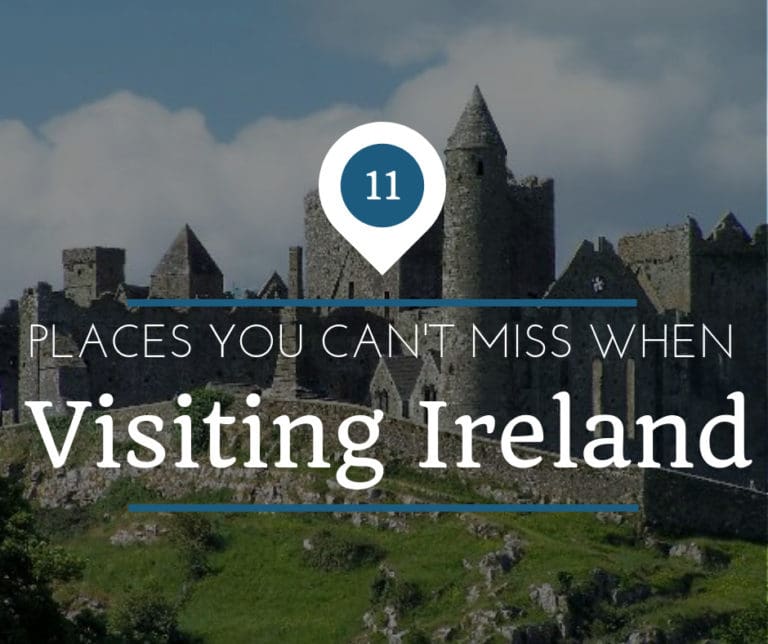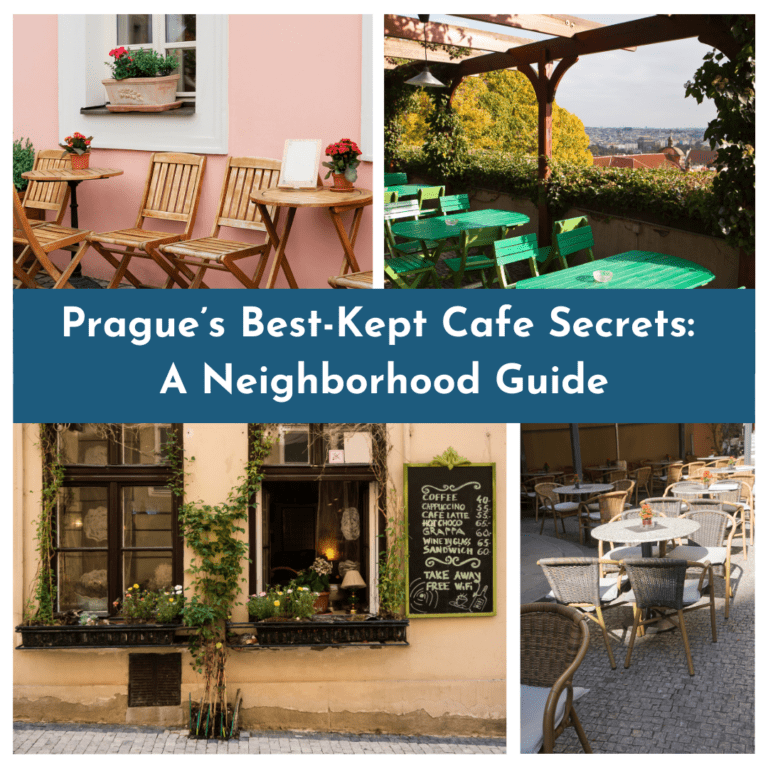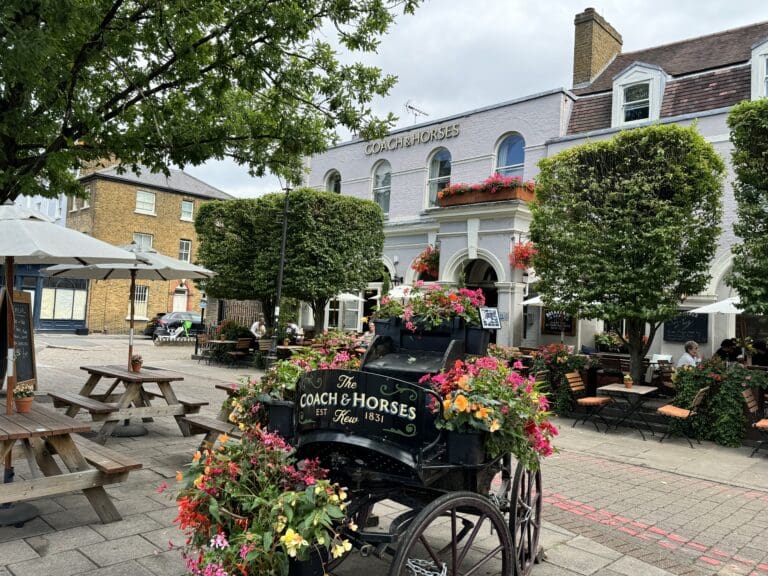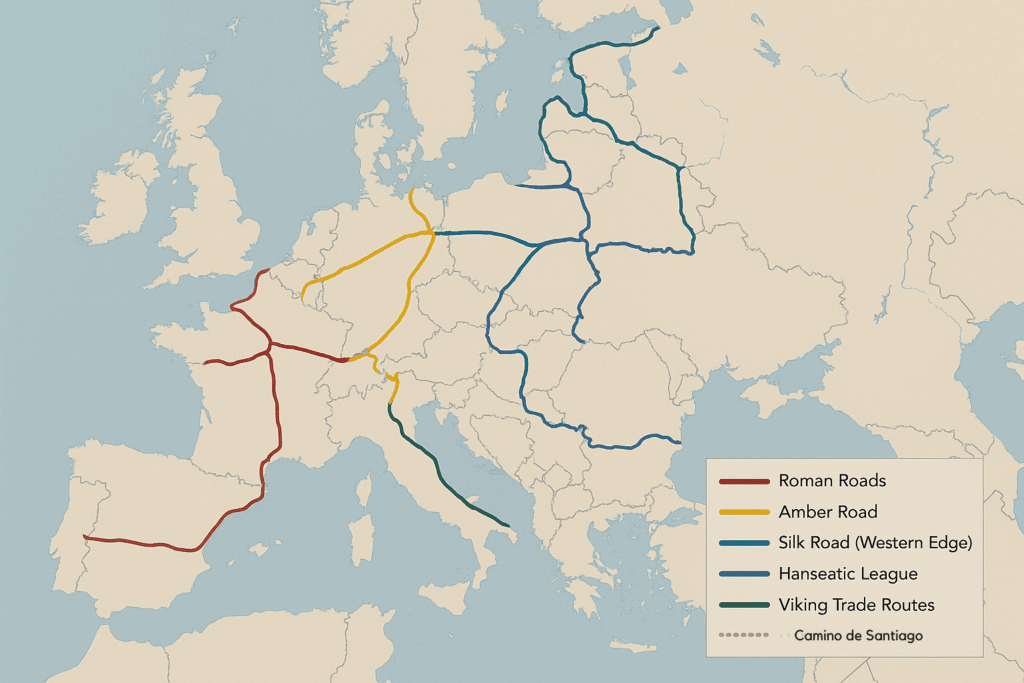
Imagine walking along a sun-dappled trail once trodden by Roman soldiers, the scent of wild herbs in the air and weathered stones beneath your feet.
Europe’s ancient trade routes aren’t just echoes of a forgotten past—they’re the arteries through which the continent’s cultures, ideas, and fortunes once flowed.
Today, these historic paths offer travelers the chance to venture beyond the tourist trail and journey into the heart of European heritage.
For curious travelers, following these historic routes offers an immersive way to explore Europe—not through crowds and checklists, but along the same paths that shaped the continent’s history, culture, and cuisine.
The Roman Roads: Empire on the Move
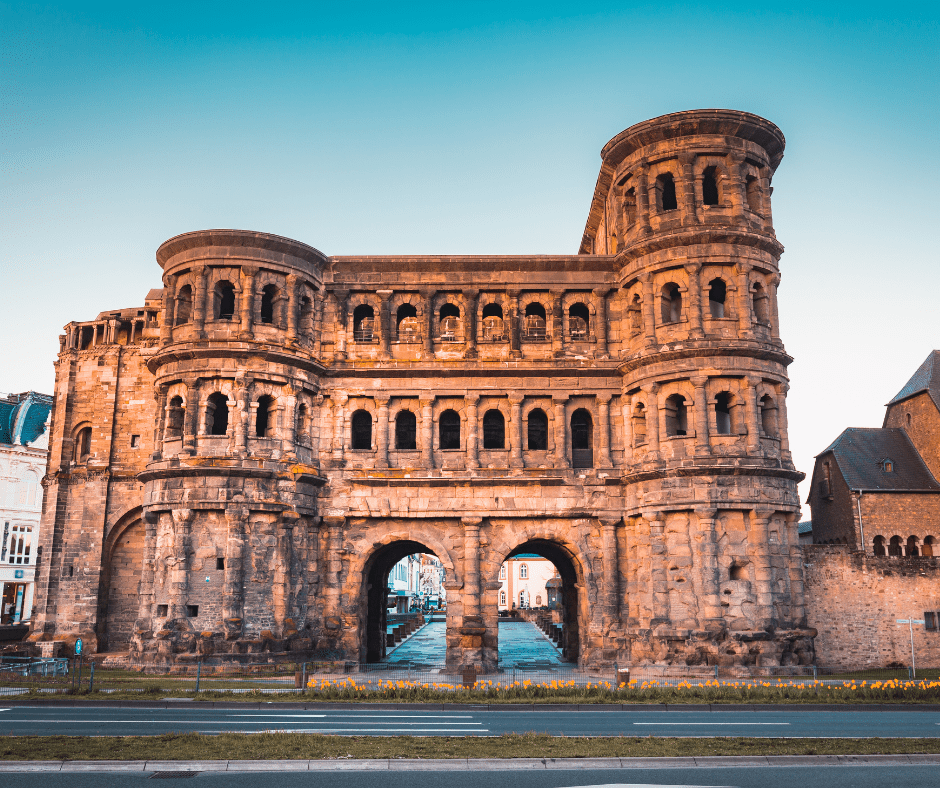
At the core of Rome’s dominance was its meticulously engineered road system. Stretching over 250,000 miles, these roads linked the empire’s most distant provinces. The Via Appia (Appian Way), once connecting Rome to Brindisi, remains one of the most evocative examples.
Start your journey in Rome, where ancient paving stones still echo with the past. Continue to Trier, Germany, home to the imposing Porta Nigra and a Roman amphitheater still used today.
Don’t miss our article Trier: Germany’s Oldest City.
In Arles, France, marvel at Roman baths and an arena where gladiators once clashed.
The Amber Road: Northern Gold
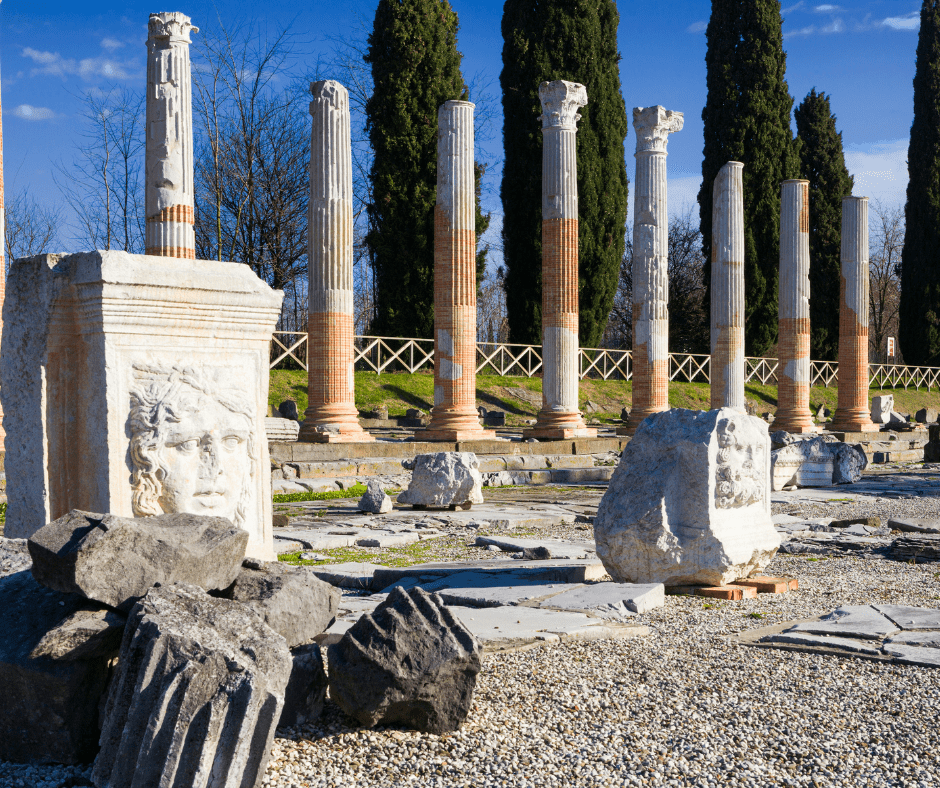
For centuries, amber was prized like gold. The Amber Road funneled this fossilized resin from the Baltic to the Mediterranean, forming a luminous thread across the continent.
Begin in Gdańsk, Poland, where the glow of amber still lights the windows of artisan shops. From there, trace the path through Kraków, Brno, and down to Aquileia, Italy—once a major Roman port.
The Silk Road’s Western Edge
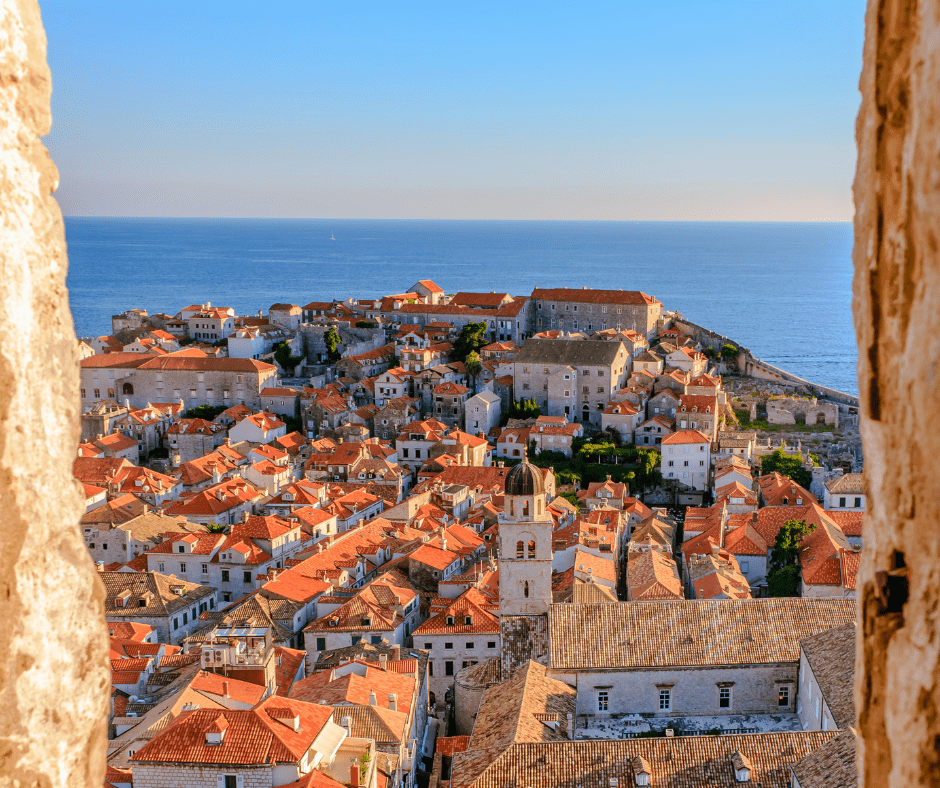
Though best known for its Asian leg, the Silk Road reached into Europe, culminating in cities that became portals between worlds.
In Venice, walk the alleys where merchants once bartered for Eastern silks and spices. Continue to Dubrovnik, the fortified pearl of the Adriatic, and on to Istanbul, where minarets rise over ancient spice markets.

Planning a Trip to Europe?
We can help create your perfect itinerary!
- Worried you'll miss the hidden gems?
- How long should you stay in each place?
- Should you rent a car, train it, or both?
The Hanseatic League: Northern Trade Power
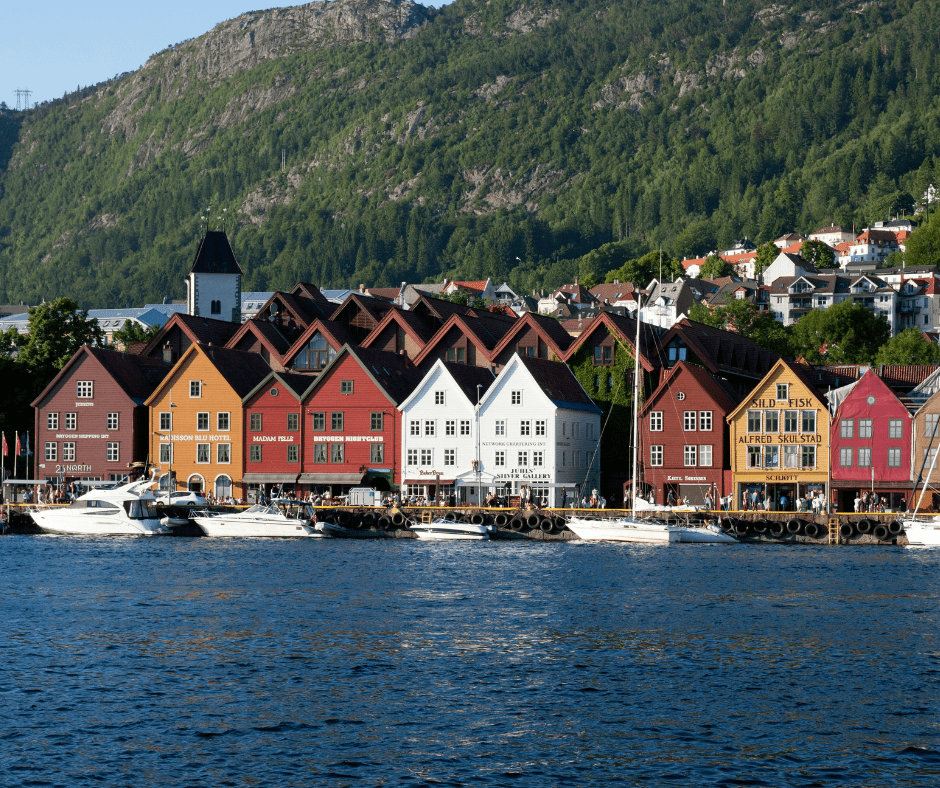
The Hanseatic League united a constellation of port cities in trade and power from the 13th to 17th centuries. These towns formed a web of maritime commerce that left its mark on Northern Europe.
Begin in Lübeck, Germany, where Gothic warehouses frame cobbled alleys. Then visit Tallinn, Estonia, with its fairy-tale old town, and Bergen, Norway, where colorful wooden houses overlook the fjord.
The Viking Trade Routes: River and Sea Highways
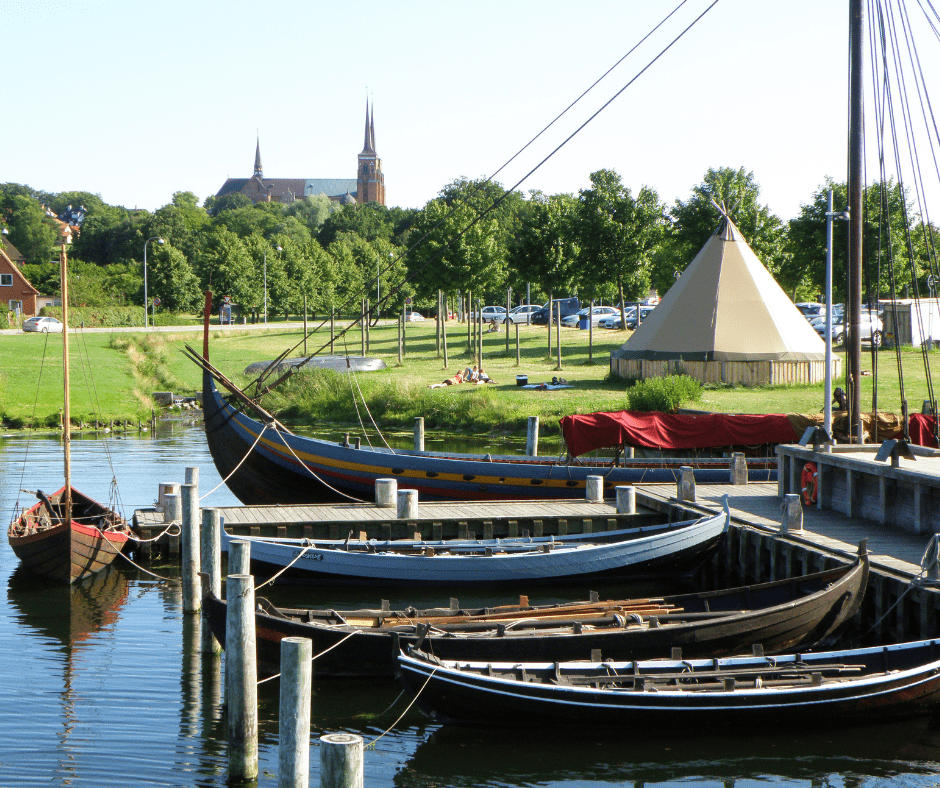
The Vikings were more than raiders; they were skilled navigators and merchants. Their trade routes flowed through river systems and coastal waters, connecting Scandinavia with Byzantium and beyond.
In Roskilde, Denmark, explore the Viking Ship Museum’s real excavation sites. Birka, Sweden, offers reconstructed longhouses and ancient burial mounds.
Though complex to visit today, Kyiv once formed a vital link between northern Europe and the East.
The Danube River: Europe’s Liquid Highway
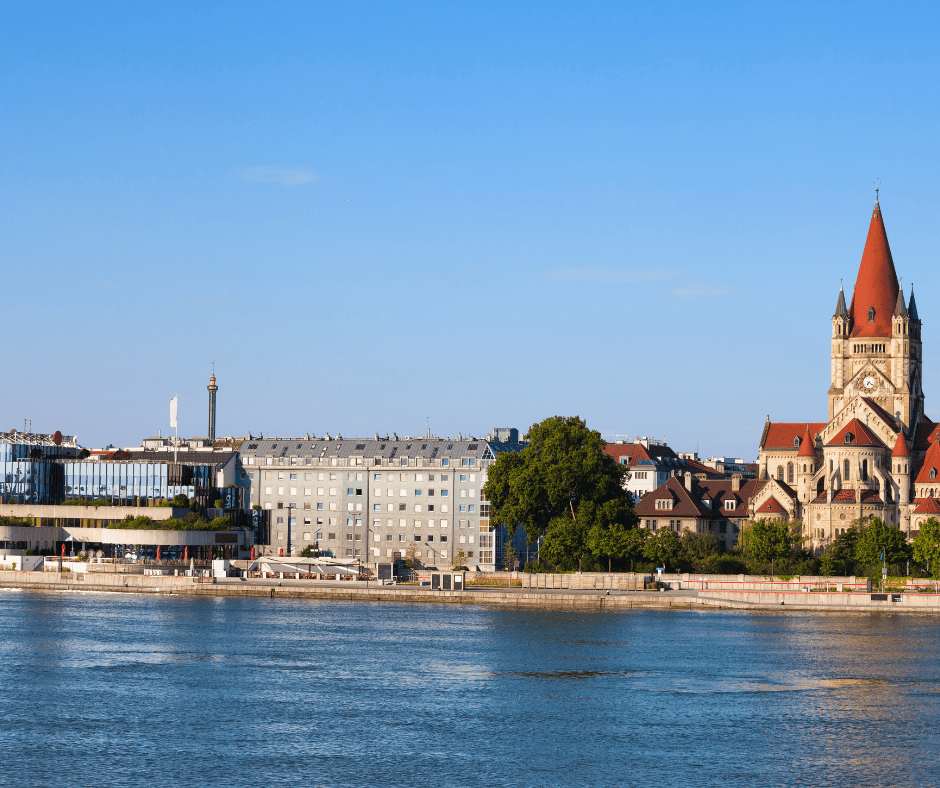
Flowing from the Black Forest in Germany to the Black Sea, the Danube River has long served as a crucial artery of commerce and culture through Central and Eastern Europe.
From medieval wine towns in Austria to bustling markets in Serbia and the Black Sea ports of Romania, the Danube connects nations and stories.
The Camino de Santiago: Pilgrimage and Commerce
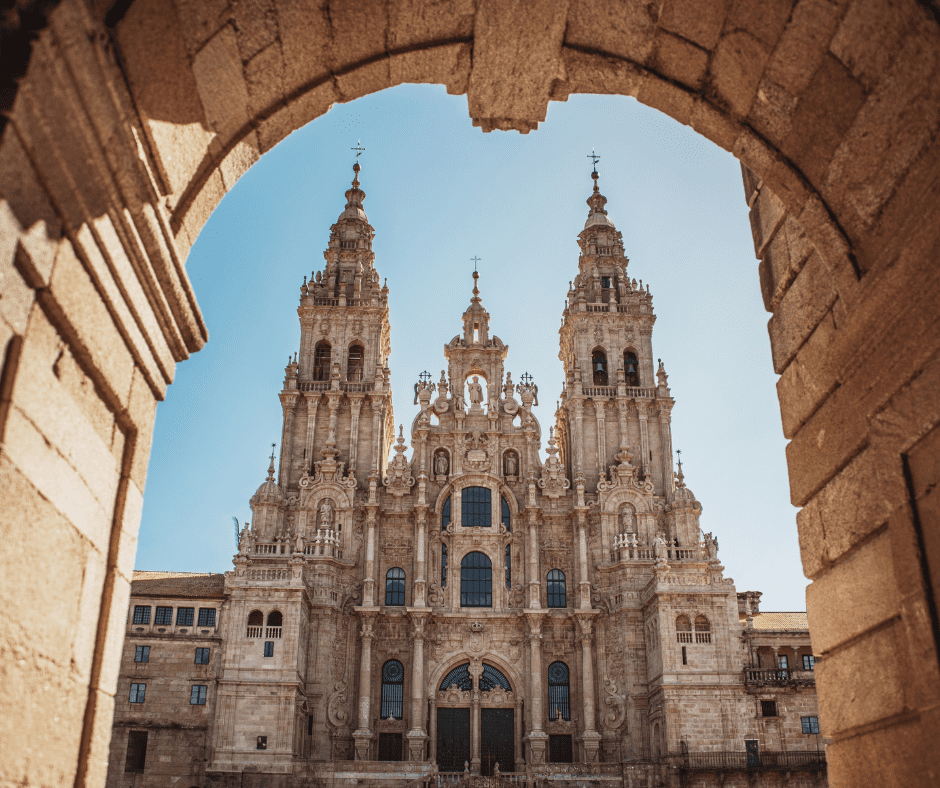
Beyond its spiritual legacy, the Camino de Santiago fostered economic and cultural exchange across medieval Spain. Inns, markets, and guilds flourished along this sacred trail.
Follow the French Way through Pamplona, León, and finally Santiago de Compostela. These towns thrived on a mix of pilgrims, peddlers, and local artisans
Medieval Fairs and Market Towns
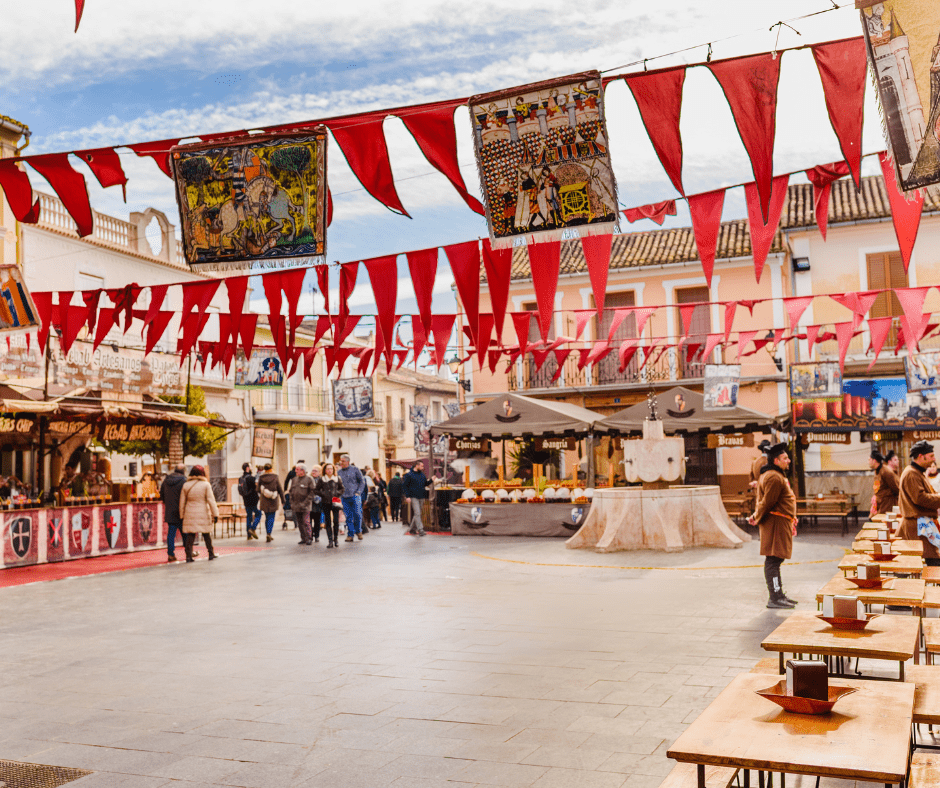
Some of Europe’s most vibrant trade blossomed at seasonal fairs. Towns like Provins, Bruges, and Frankfurt transformed into economic powerhouses during market seasons.
In Bruges, horse-drawn carriages still pass by the Market Square’s medieval guild houses.
In Provins, narrow lanes lead to Gothic towers once used to monitor merchants and protect wealth.
Travel Tips: Following the Routes Today
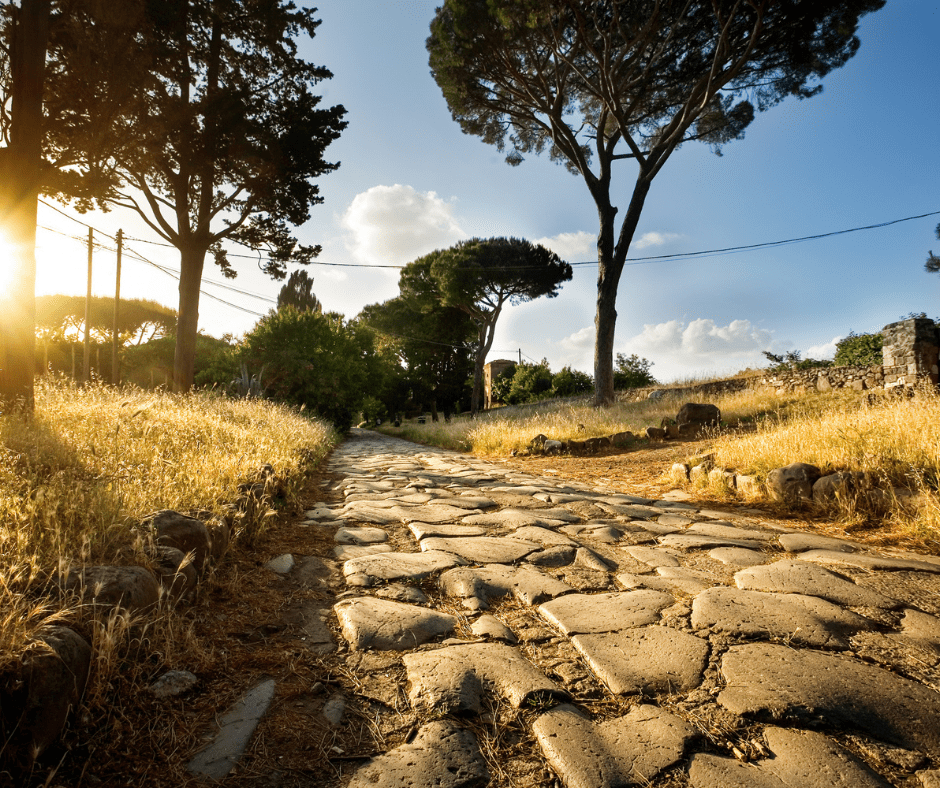
- How to Explore: Many routes have been restored for walking, biking, or river cruising. Heritage trails and regional tourism offices often provide maps and guided options.
- Best Tools: Use apps like Komoot, Outdooractive, or Google Maps for tracking paths. For walkers and bikers, AllTrails offers detailed user reviews. Local museums often offer free route guides.
- Stay Sustainable: Embrace slow travel. Opt for trains, bikes, and family-run guesthouses to reduce your footprint—and support local businesses along the way.
Rediscovering Europe Through Its Trade Routes
Europe’s ancient trade routes are more than lines on a map—they’re the bedrock of its civilizations, still pulsing with culture and history.
Let Guidester help craft a custom journey along Europe’s legendary trade routes.
Start Planning Your Journey
Hi, I’m Jack Baumann – founder of Guidester. I’ve spent over 15 years living and traveling throughout Europe, and I created Guidester in 2014 to help others experience the best of what Europe has to offer. What started as a passion project has grown into a full-service travel concierge and tour company, designed to make your journey smoother, richer, and more meaningful.
Want to know more about my story? Click here to learn more about me.
👇Don’t forget to grab your free international travel checklist just below – it’s packed with essentials to help you feel fully prepared for your next adventure!
Jack Baumann
President of Guidester

The Ultimate Pre-Travel Checklist
Download ‘10 Crucial Things To Do Before Traveling Abroad’ to avoid mistakes and ensure a smooth trip; adapters and electronics, packing tips, foreign currency, phone plans, and more!


